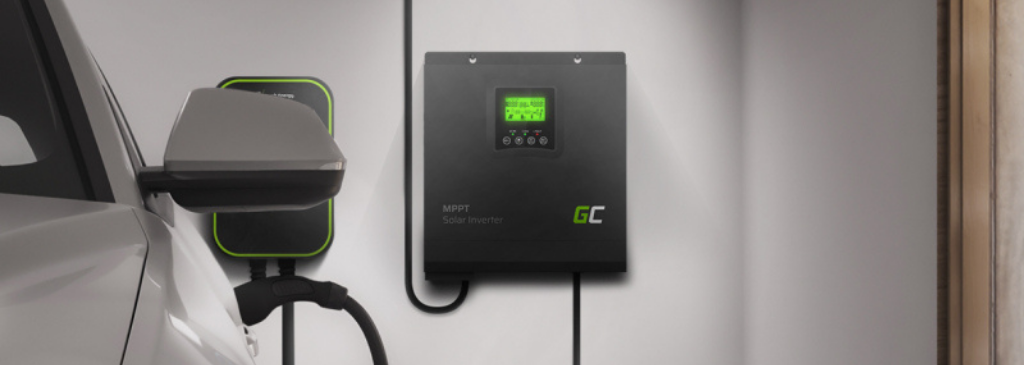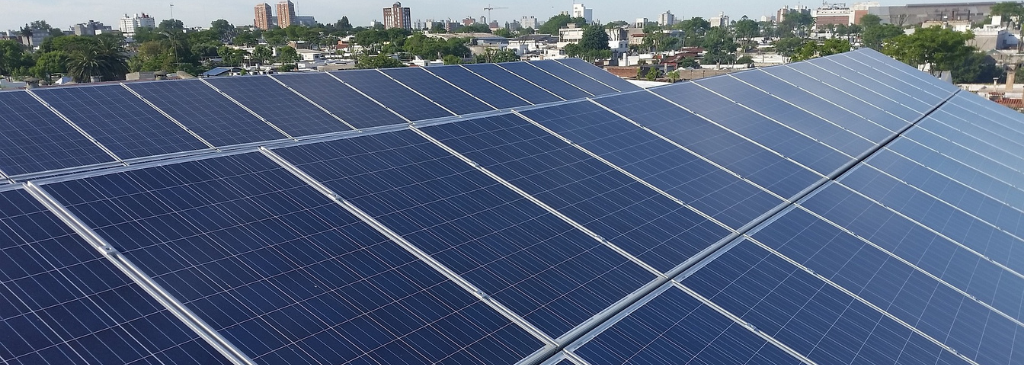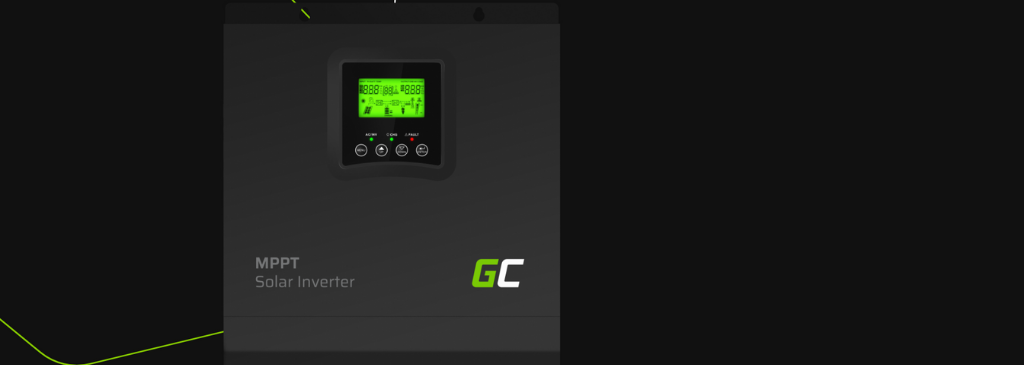Even the largest and the most impressive photovoltaic installation will not provide us with electricity without an inverter. It is an essential element of any PV system, thanks to which we can power our home equipment with energy straight from the sun. So what should we pay attention to when choosing an inverter? Check out our article, from which you will learn:
- what is a photovoltaic inverter,
- what function it performs,
- how to choose equipment tailored to our needs?
Photovoltaic inverter – what is it?
An inverter, also called a solar inverter (or photovoltaic inverter) is a device that converts direct current (DC) into alternating current (AC). In other words, it is a piece of equipment necessary for the proper functioning of the photovoltaic installation that allows the use of stored energy and powering household appliances.

What is the inverter for?
As we mentioned, the main function of the inverter is to convert direct current into alternating current. Without this process, we would not be able to use the energy produced by the photovoltaic installation. However, it is worth noting that the inverter also has other important functions. For example, the device monitors the most important operating parameters, including frequency and voltage. It also controls the correctness of functioning – in the event that the standard parameters are exceeded, the device disconnects from the network.

Types of photovoltaic inverters
There are several types of photovoltaic inverters available on the market, suited to various needs of specific solar farms and preferences of the usage,. It is worth knowing the fundamental differences between them as it will be helpful especially if you are planning to install PV right now.
Division according to the type of installation in which they work:
- on-grid inverters, thanks to which the surplus energy produced by the PV installation goes to the power grid.
- off-grid inverters that are not adapted to work with the electrical grid and that transfer excess energy to batteries.
- hybrid inverters, a type combining the other two. They can both give the surplus to the electrical network and direct it to the batteries.
Division according to the number of phases:
- single-phase inverters – most often chosen for installations with a power of up to 3 kW.
- three-phase inverters – used in larger PV systems.
Division according to the type of installation and location
-
central inverter – installed in a separate room and used in traditional PV systems.
-
microinverter – mounted under photovoltaic panels and used for very small installations (microinstallations).
 Make sure to check what energy storage is and why one should take it into account when designing a photovoltaic installation.
Make sure to check what energy storage is and why one should take it into account when designing a photovoltaic installation.
Photovoltaic inverter – how to choose?
A suitable inverter should first of all be adapted to the possibilities of a photovoltaic installation. It is therefore necessary to estimate the energy demand and PV capacity. Most importantly, the proportions between the power of the photovoltaic system and the power of the inverter should be maintained.
 In a situation where the generated power of the panels is greater than the highest possible power of the inverter, part of the produced energy is lost. Therefore, it is often recommended that the power of the panels should be 80-125% of the power of the inverter.
In a situation where the generated power of the panels is greater than the highest possible power of the inverter, part of the produced energy is lost. Therefore, it is often recommended that the power of the panels should be 80-125% of the power of the inverter.
It is also important to choose a device from a proven manufacturer. The inverter must have a guarantee of the highest quality and must work reliably. In the offer of our store you will find inverters from Green Cell, which combine several functions and will certainly work perfectly in your PV installation!
Related posts
Most viewed entries
- Electricity in a camper van on holiday – a conundrum easily solve
- Off-grid installation on a plot. Is it worth it?
- Charging your electric car at home without a wallbox
- Inverter – what it is and what it is used for
- Zero VAT on energy storage in the UK possible soon
- Greece sets aside €200 million for photovoltaic subsidies!

